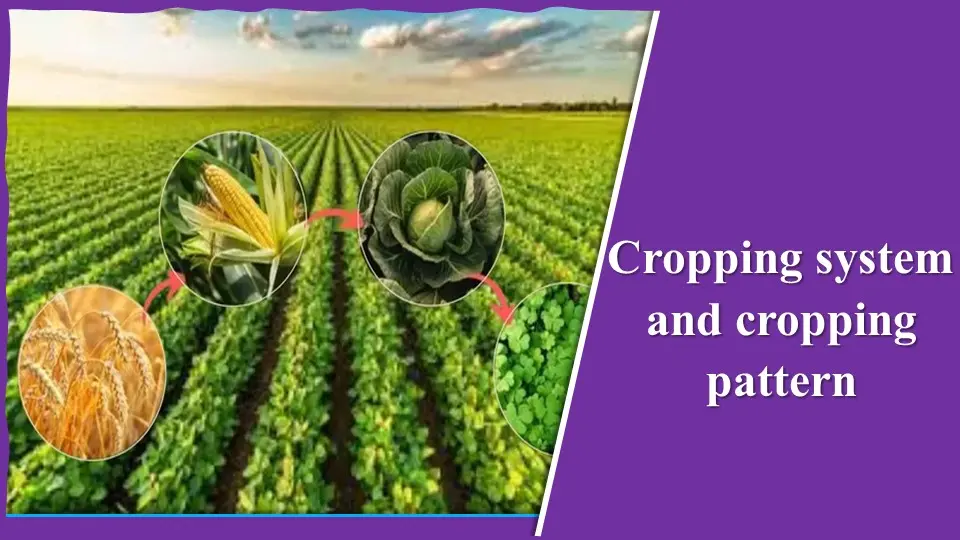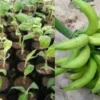- このトピックは空です。
- 投稿者投稿
- 3月 22, 2025 6:04 am #600195

Smallholder farming systems, characterized by limited resources and a reliance on traditional practices, face significant challenges in pest and disease management. Conventional methods, often reliant on chemical pesticides, pose environmental risks and can be economically unsustainable for these farmers.
Crop diversification, the practice of growing multiple crops in the same area, offers a promising alternative.
This article explores the impact of crop diversification on pest and disease management within smallholder farming systems, highlighting its ecological benefits and practical applications.
1. Disrupting Pest and Disease Cycles
Crop diversification disrupts the monoculture environment that pests and diseases thrive in. When a single crop is grown over a large area, it provides a consistent food source and habitat for specific pests and pathogens.
Introducing diverse crops creates a more complex ecosystem, making it harder for pests and diseases to establish and spread.
The presence of non-host plants can confuse pests, reducing their ability to locate and infest target crops. Similarly, diverse plant communities can harbor natural enemies of pests, such as predatory insects and parasitoids, which help to regulate pest populations.
Disease transmission is also hindered as the spread of pathogens is limited by the presence of resistant or non-host plants.
2. Enhancing Natural Enemy Populations
Diverse cropping systems provide a variety of resources for beneficial insects and other natural enemies. Different crops offer diverse habitats, pollen, and nectar sources, which are essential for the survival and reproduction of these organisms.
By fostering a healthy population of natural enemies, farmers can reduce their reliance on chemical pesticides. For instance, intercropping flowering plants with staple crops can attract pollinators and predators, creating a self-regulating pest control system.
This approach aligns with agroecological principles, promoting biodiversity and ecosystem services.
3. Improving Soil Health and Plant Resilience
Crop diversification contributes to improved soil health, which indirectly enhances plant resilience against pests and diseases. Different crops have varying root systems, nutrient requirements, and organic matter contributions.
This diversity promotes a more balanced soil microbiome, enhancing nutrient cycling and water retention.
Healthy soil supports robust plant growth, making crops less susceptible to pest and disease attacks. Additionally, some crops produce allelopathic compounds, which can suppress the growth of weeds and soil-borne pathogens.
4. Implementing Effective Intercropping and Rotation Strategies
Successful crop diversification relies on implementing effective intercropping and rotation strategies. Intercropping involves growing two or more crops simultaneously in the same field, while crop rotation involves growing different crops in a sequence over time.
These practices can be tailored to the specific needs of the farming system and the local environment. For example, intercropping legumes with cereals can improve soil fertility and reduce pest pressure.
Crop rotation can break pest and disease cycles, preventing the buildup of specific pathogens in the soil. Careful planning and consideration of crop compatibility are essential for maximizing the benefits of diversification.
5. Addressing Challenges and Promoting Adoption
Despite its numerous benefits, crop diversification faces challenges in smallholder farming systems. These challenges include limited access to seeds, knowledge gaps, and labor constraints. Promoting the adoption of diversification requires targeted interventions, such as farmer training, seed distribution programs, and access to extension services.
Integrating traditional knowledge with modern agricultural practices is crucial for developing context-specific solutions. Furthermore, policy support and market incentives can encourage farmers to adopt sustainable cropping systems.
Crop diversification offers a powerful tool for pest and disease management in smallholder farming systems.
By disrupting pest and disease cycles, enhancing natural enemy populations, improving soil health, and implementing effective intercropping and rotation strategies, farmers can reduce their reliance on chemical pesticides and promote sustainable agriculture.
Overcoming the challenges to adoption requires a collaborative effort, involving farmers, researchers, policymakers, and extension workers, to ensure that the benefits of crop diversification reach those who need them most.
Read Also: The Economic importance of cropping system in agriculture
- 投稿者投稿
- このトピックに返信するにはログインが必要です。






